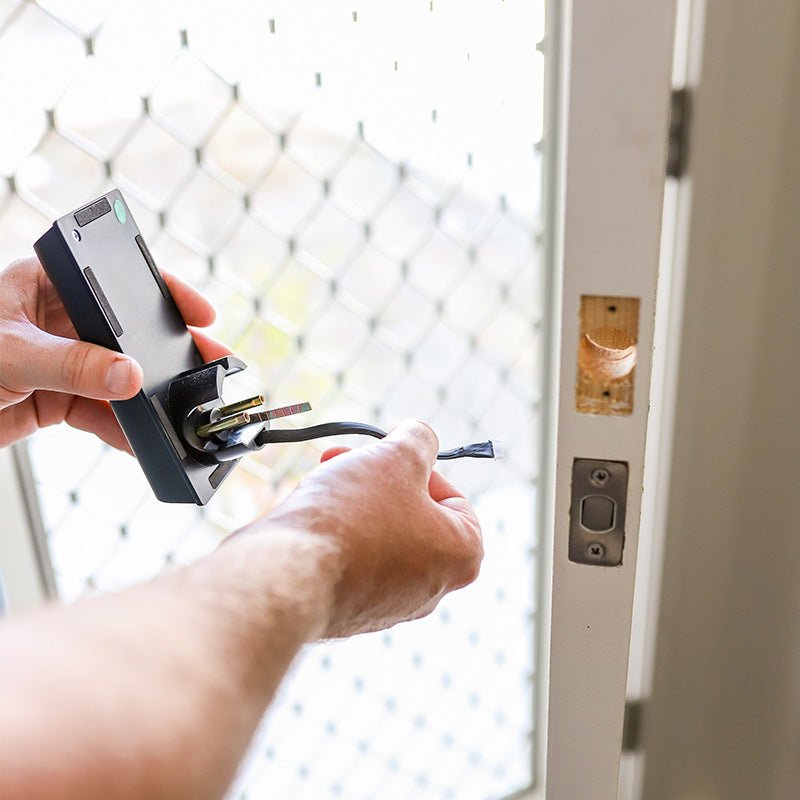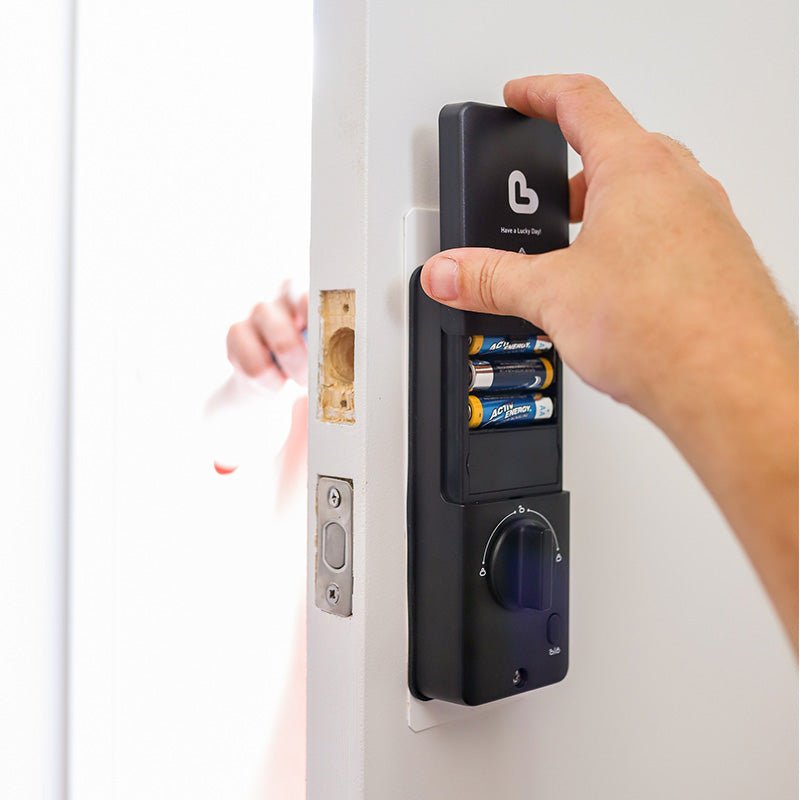What Happens When Your Smart Lock's Battery Dies?

Ever wondered what happens when your smart lock's battery unexpectedly runs out? Smart locks have indeed brought convenience to keyless entry, but a dead battery can leave you locked out. In this article, we'll dive into the challenges of a low battery on your smart lock and guide you on what to do when facing this situation. Lucky Lock's product ranges are designed with backup power and physical key override features, ensure you always have reliable access to your home.
Understanding the Impact of a Low Battery
When your smart lock's battery is low, you may face a couple of challenges:
-
Temporary Loss of Keyless Entry: Features like fingerprint scanning, keypad entry, or smartphone access may be temporarily disabled until you replace the battery.
-
Remote Access Features Disabled: Any remote access functionalities, such as granting temporary access to guests or monitoring your lock remotely, will be temporarily halted until the battery is replaced.
It's crucial to recognize these challenges and be prepared with alternative methods of entry.
Signs of a Low Battery with Smart Locks
Detecting a low battery in your smart lock is vital for uninterrupted access to your home. Here are ways to identify when the battery is running low:
-
Visual Indicators: Smart locks often come with LED lights that may change or flash when the battery is low. Pay attention to any changes in the light pattern, such as slower or more frequent blinking.
-
Audible Alerts: Some smart locks are designed with built-in speakers that emit beeping sounds when the battery is running low. If you hear consistent beeping or irregular sounds from your smart lock, it's a clear indication that the battery needs replacement.
-
Mobile App Notifications: If your smart lock is connected to a mobile app, it may send notifications to your smartphone when the battery is low. Ensure that notifications are enabled for your app and be alert for any messages indicating a low battery.
-
Reduced Functionality: A decrease in responsiveness and functionality of your smart lock may be observed as the battery power decreases. If you experience delays in recognizing inputs or intermittent issues with authentication methods, it could be a sign of a low battery.
-
Backup Unlock Methods: Many smart locks are equipped with backup unlock methods, including both backup power options and a physical key override. If you find yourself relying on these backup methods more frequently, it's a reminder to replace the battery soon.
How to Open Smart Locks Without a Key
If your smart lock's battery is low, and you're locked out, there's no need to panic. Smart locks often come with built-in solutions for such situations:
-
Backup Power Source: Some smart locks feature a backup power option, such as a USB-C port. Connect a powerbank to temporarily power the lock and regain entry using your usual authentication method.
-
Physical Key Override: Many smart locks include a traditional keyhole. Insert the provided physical key into the keyhole and turn it to manually unlock the door. Remember to keep your physical key in a secure and easily accessible location.
-
Mobile App or Bluetooth Backup: If your smart lock is connected to a mobile app or uses Bluetooth, you may still be able to unlock it even with a dead battery. Ensure your smartphone has enough battery power, then use the app to unlock the door.
Managing low battery challenges with Lucky Lock is streamlined, thanks to built-in backup power options and physical key overrides. This ensures that you always have reliable means to access your home, even in situations where the battery is low. Keep your smart lock's battery fresh to prevent unexpected lockouts, and enjoy the seamless security and convenience offered by modern smart locks.






